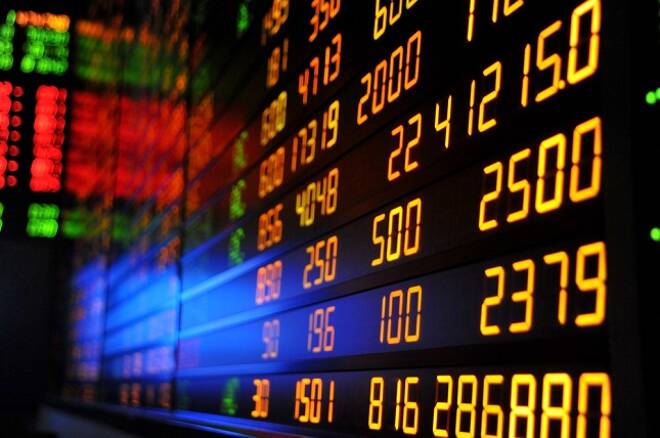Advertisement
Advertisement
Year of 2018 in the Financial Markets
Published: Dec 24, 2018, 08:45 GMT+00:00
Contrary to what we saw during the last few years when the last months of the year were usually marked by a rally, this year we had the worst December since 1931 in terms of performance measured in the S&P500, with the index devaluing about 10 percent.
The year 2018 was marked by several unexpected events for the markets. After 2017, which was a year during which we witnessed a strong bull market based on the tax reforms practiced by the Donald Trump Government, 2018 was translated into uncertainty and fear due to the United States-China trade wars, interest rate hikes by the FED, sell-off on oil and some instability in Europe as well.
Contrary to what we saw during the last few years when the last months of the year were usually marked by a rally, this year we had the worst December since 1931 in terms of performance measured in the S&P500, with the index devaluing about 10 percent (currently 2,506 points).
On December 19, Jerome Powell raised interest rates to the range of 2.25 percent to 2.50 percent, putting interest rates at the highest level since spring of 2008. All ten members of the FED agreed on an increase in interest rates.
In the statement that the FED has made, it clearly showed that the labor market remains strong and that the economic activity has also shown a clear robust picture. In terms of risks to the global economic activity, Jerome Powell has made it explicitly clear that they are relatively low. With regards to inflation, what is expected is an increase of 1.9 percent this year and 2.0 percent over the next three years.
Although we might be on the verge of an inverted yield curve, which historically preceded the last recessions, this might not be the case, at least for now. The current American 10-year yield closes the year of 2018 at 2.78 percent, which may not be enough to give a good trade-off to the current stock market, even though it is slightly below related to the historical highs on the stock market and having the relative valuation metrics overvalued.
With some margin of error, it may seem that the market has reached the bottom in terms of the current correction.
We may see the volatility as a permanent factor in the markets may go forward.
A very important note for gold is that its price has been appreciating in the last periods, more specifically at 5 percent since November. There might be some chances for gold to continue the current pattern, taking into account the climate of instability that we still live in and an expected continuation in term of interest rate hikes during 2019. Seeing gold as a market benchmark, or as a medium-term investment, this might be the vision.
By 2019, we may see some sectors that are strategically more interesting than others, such as biotechnology, technology or the sectors related to gold, for example. For a more passive type of investment, there could be some chance for ETFs that replicate the market.
As mentioned earlier, the banking sector might be considered as the one of the most benefited in the context of the rise in interest rates and may also possibly represent an opportunity for investment.
This article was written by Vasco Moura
Disclaimer: Materials, analysis, and opinions contained, referenced or provided herein are intended solely for informational and educational purposes. The author’s opinion does not represent and should not be construed as a statement or investment advice made by TeleTrade. All Indiscriminate reliance on illustrative or informational materials may lead to losses. Past performance is not a reliable indicator of future results.
About the Author
FX Empire editorial team consists of professional analysts with a combined experience of over 45 years in the financial markets, spanning various fields including the equity, forex, commodities, futures and cryptocurrencies markets.
Advertisement
